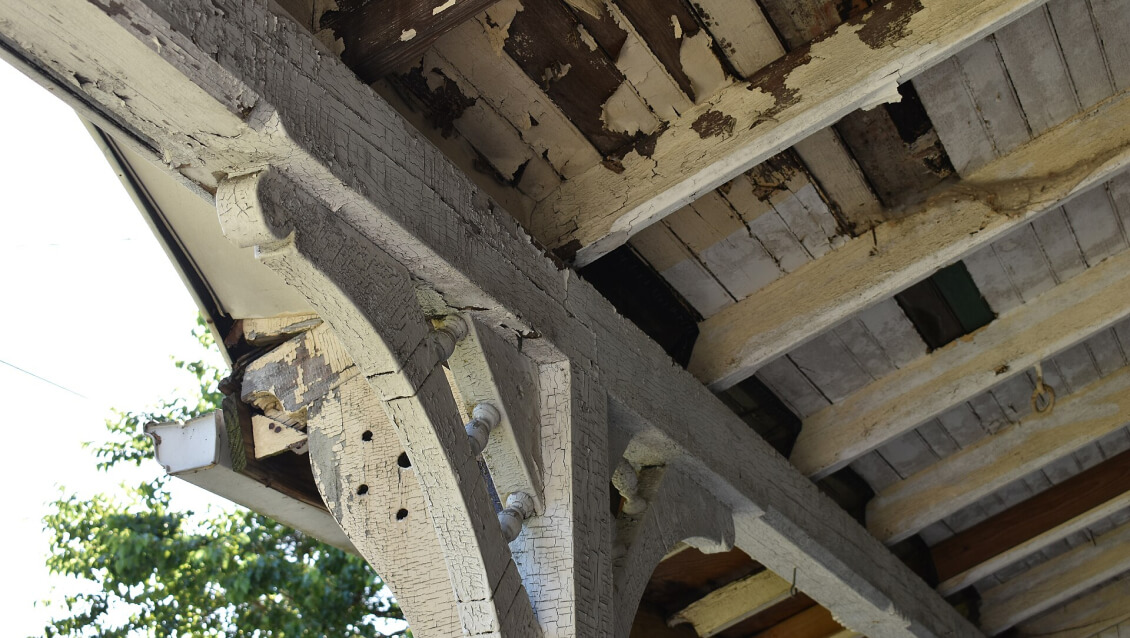Lead is a known environmental toxin with severe consequences, especially for children. This article aims to educate the public about the dangers of lead, highlighting the role of lead paint in environmental toxicity and referencing key legal cases.
The Health Risks of Lead Exposure:
- Severe Toxicity: Lead’s impact on human health is profound, causing a range of adverse effects (Williamsburg Around the Bridge Block Ass’n v. Giuliani, 223 A.D.2d 64, 66).
- Irreversible Harm: Exposure leads to nervous system disorders, developmental delays, cognitive changes, and hypertension, most of which are irreversible (WABBA v. Giuliani, 167 Misc. 2d 980, 984).
Role of Lead Paint in Childhood Poisoning:
- Primary Culprit: Lead paint and contaminated dust in homes are the main causes of childhood lead poisoning (CDC, Advisory Committee on Childhood Lead Poisoning, October 2004).
- Source of Exposure: Deteriorating lead paint in aging buildings is a significant risk factor (CDC 1991 Statement).
- Legal Acknowledgment: Courts have consistently recognized the dangers of lead-based paint (NYCCELP v. Vallone, 100 N.Y.2d 337, 342; Juarez v. Wavecrest Management, 88 N.Y.2d 828, 641).
Public Health and Legal Perspectives:
- Focus on Prevention: Emphasis is on primary prevention over post-poisoning treatment (CDC, Preventing Lead Poisoning in Young Children, August 2005).
- Consistent Rulings: Courts have reiterated the irreversible and lifelong harm caused by lead paint (NYCCELP v. Vallone, 100 N.Y.2d at 342-3; NYCCELP v. Koch IV, 216 A.D.2d 219, 220).
- Environmental Disease: Lead poisoning is considered a significant environmental disease among children (United States Department of Health & Human Services, CDC, Strategic Plan for the Elimination of Childhood Lead Poisoning, Feb. 1991).
Strategies for Prevention:
- Housing-Based Solutions: Remediation of housing conditions is crucial for prevention (CDC, Preventing Lead Exposure in Young Children – A Housing-Based Approach, October 2004).
- Ineffective Treatments: Current treatments for lead poisoning are not very effective, highlighting the need for prevention (Rogan, The Effect of Chelation Therapy with Succimer, 344 New England Journal of Medicine, May 10, 2001).
Conclusion: The threat posed by lead, particularly from lead paint, is a critical public health issue. The emphasis on prevention, backed by legal rulings and public health policies, underscores the urgency of addressing this silent epidemic for community health and safety.
We welcome your legal questions for topically relevant articles in the future. Feel free to compose a question – it may be addressed in future articles. Email Question
Free Case Evaluation
Fill Out The Form Below To Find Out If You Have A Case.
Thank you for contacting us. One of our colleagues will get back to you shortly.



